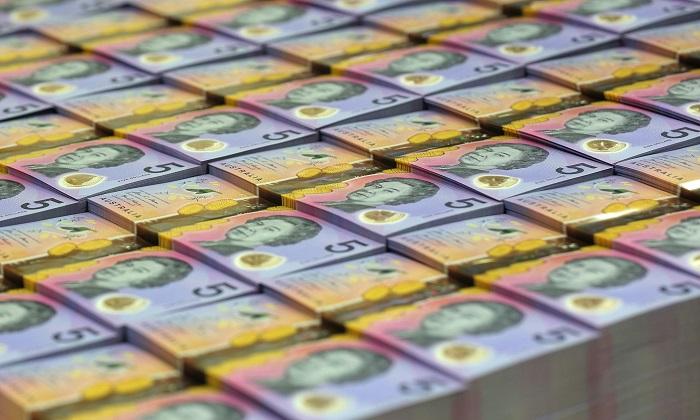Consumer confidence has struck new highs for 2020, which should have retailers rubbing their hands in anticipation of a strong Christmas shopping season.
The ANZ-Roy Morgan consumer confidence index rose 1.7 percent in the past week to 111.2 points, with most of the survey’s sub-indices now back or even higher than their pre-pandemic levels.
The ‘confidence in future economic conditions’ index is at an 18-month high.
However, one exception to the trend, ‘current financial conditions’, is still 10 percent lower than at the start of the COVID-19 pandemic in mid-March.
“Despite this exception, the rise in confidence bodes well for the holiday season,” ANZ head of Australian economics David Plank said.
Consumer confidence is a pointer to future household spending.
A separate analysis by Deloitte Access Economics says the retail industry has weathered the COVID-19 pandemic remarkably well, and the Christmas period is looking more positive for retailers than previously expected.
In its Retail Forecasts report, it notes the December quarter will be the first with limited COVID-19 restrictions since the second wave hit Victoria.
Pent-up demand was already starting to lift spending through the month of October.
That follows the sharp 6.5 percent rebound in retail volumes in the September quarter from a significant drop in the June quarter.
Deloitte forecasts retail turnover growth of 5.6 percent in 2020/21 after a flat result in 2019/20 and 1.2 percent in 2018/19.
The minutes of the Reserve Bank’s final board meeting of the year are also released on Tuesday, but are not expected to contain any surprises after the central bank left its suite of policy measures unchanged this month.
The board will not meet again until February 5.
Meanwhile, the Australian Bureau of Statistics will issue its weekly payrolls data, a prelude to the official labour force figures on Thursday.
Economists expect a less spectacular 40,000 increase in the number of people employed during November, after the surprising 178,800 surge in October.
That is expected to keep the unemployment rate at seven percent, still shy of the 22-year high of 7.5 percent seen in June.
The Australian Chamber of Commerce and Industry-Westpac industrial trends survey for the December quarter, which gauges the performance of manufacturing, is also due to be released.





